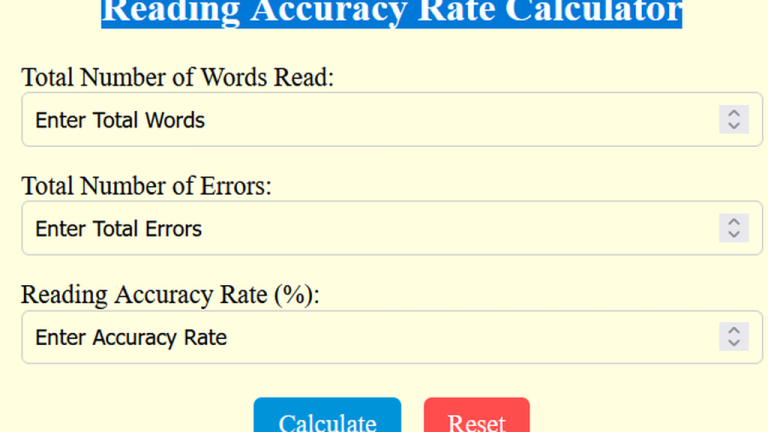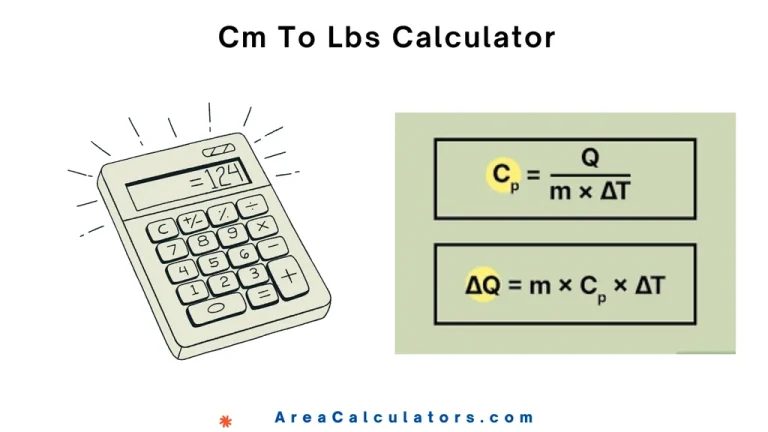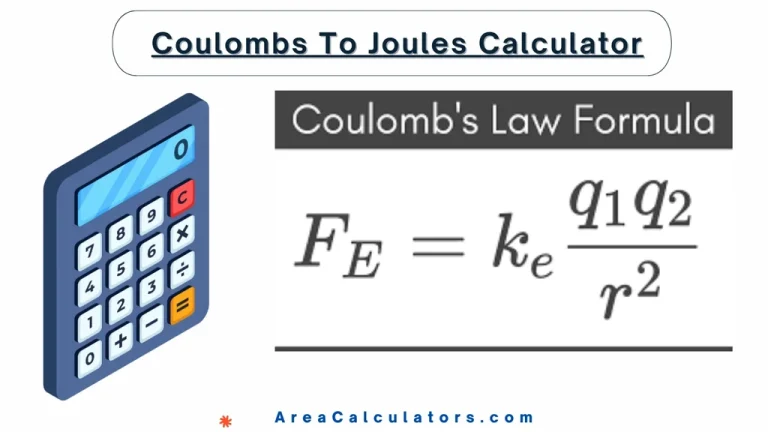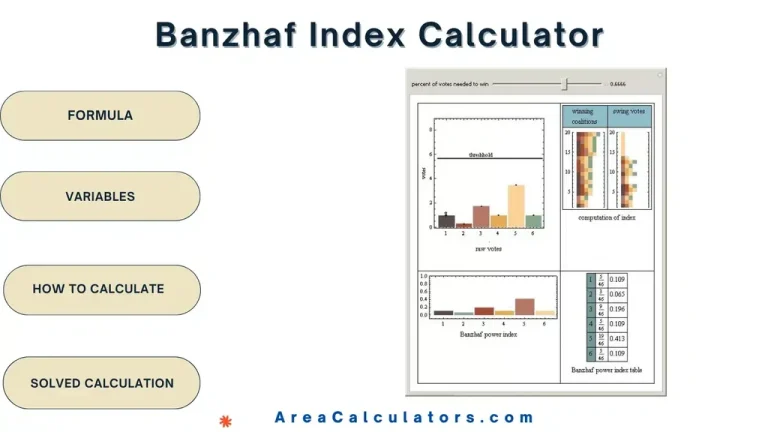Common Difference Calculator
To find the common difference in an arithmetic sequence, subtract the previous term from the current term.
A Common Difference Calculator has the function to determine the constant difference between consecutive terms in an arithmetic sequence. This difference is a key element in identifying patterns, predicting future terms, and solving related sequence problems.
In various fields like mathematics and finance, discerning the common difference benefits in sequence analysis and calculation of terms in a predictable order.
Formula
| Variable | Description |
|---|---|
| Common difference | |
| | Current term in the sequence |
| | Previous term in the sequence |
Solved Calculations
Example 1:
| Step | Calculation |
|---|---|
| Current Term (an) | 15 |
| Previous Term (a(n−1)) | 10 |
| Common Difference Calculation | |
| Result | 5 |
Answer: The common difference when the terms are 15 and 10 is 5.
Example 2:
| Step | Calculation |
|---|---|
| Current Term () | 25 |
| Previous Term ( | 18 |
| Common Difference Calculation | |
| Result | 7 |
Answer: The common difference when the terms are 25 and 18 is 7.
What is a Common Difference Calculator?
The Common Difference Calculator is a very resourceful tool. It is tailormade for identifying the difference between consecutive terms in an arithmetic sequence. This “common difference” is a key component in grasping patterns within sequences, as it represents the consistent interval between each term.
Calculating it is simple: subtract the first term from the second term, or any term from its preceding one. For example, in the sequence 3, 7, 11, 15, the common difference is 4.
To use the calculator, input the known terms of the arithmetic sequence. The tool will then calculate the common difference, allowing you to understand the progression of the sequence, find missing terms, or even solve for the nth term or sum of terms in a sequence.
Final Words:
In concluding remarks, this Common Difference Calculator simplifies sequence analysis, helping users quickly discover the consistent interval in arithmetic sequences, making it invaluable for math studies and problem-solving.




